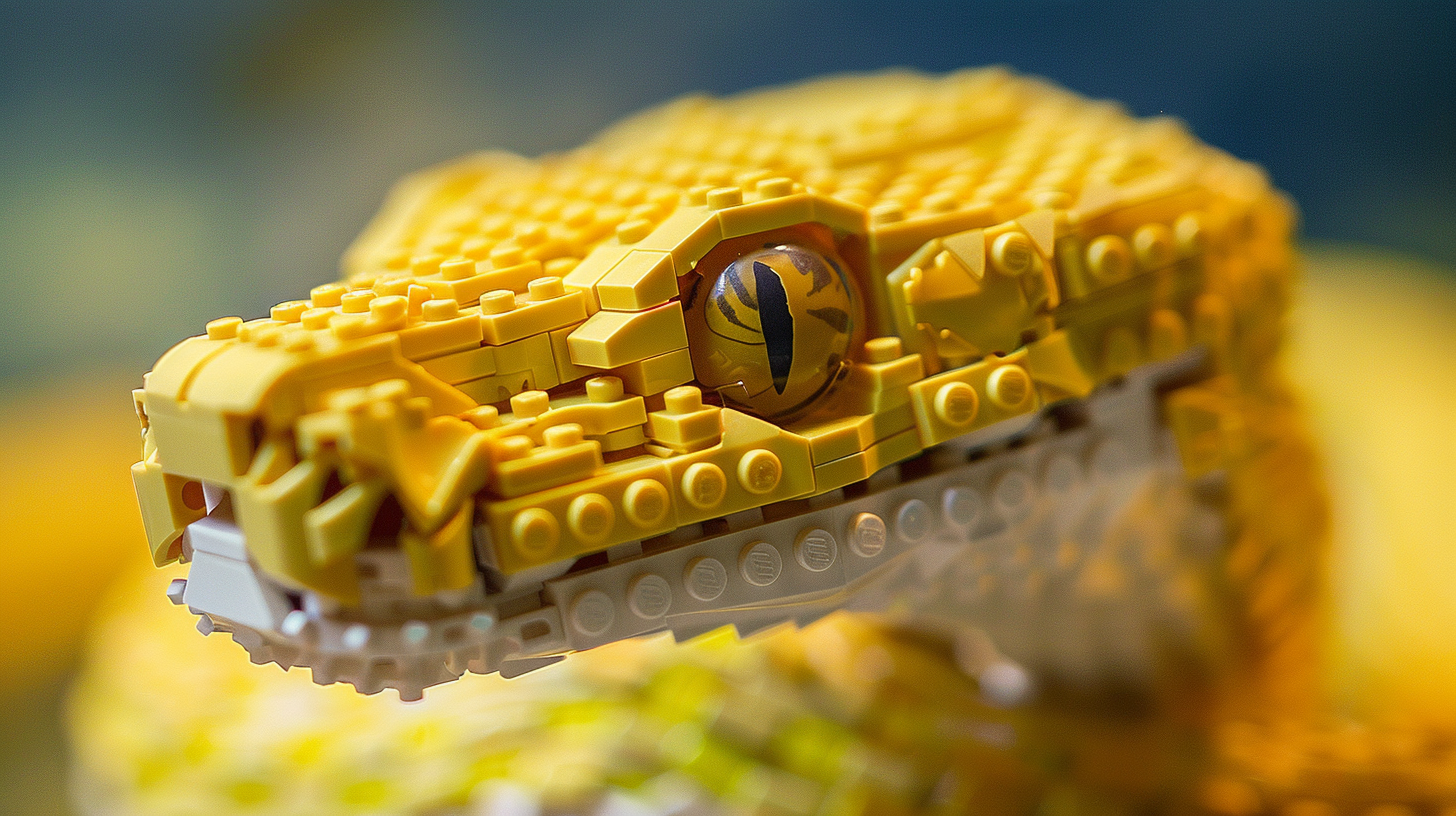Spaced In
Have you ever been so intensely focused that someone had to shout, grab your shoulder, or even shut your laptop to “snap you out of it”? Through concentration, you’d taken your mind completely outside the room. We even talk about this as if it were a physical experience.
Where were you?
Sorry, I was miles away.
She’s checked out.
He went to outer space.
To an observer, you were “spaced out”, but you know that you were, in fact, “spaced in”. That’s the kind of concentration we’re all capable of, but it too often requires trauma (or media) to get us there.
However, you can learn to open this door at will.
You only have to see the door
When I was a teenager, I read about lucid dreaming in Omni magazine. Lucid dreaming is when you realize that you are dreaming while you are dreaming. In theory, there are no limitations in the dream world. This makes for a potentially interesting experience.
(In practice, there ARE limitations. These are self imposed and an interesting window into your psychology.)
But this article is less about lucid dreaming and more about how you get there.
The magazine described a technique: Take a marker, draw a C (for consciousness) on your hand. When you happen to glance down at your hand through the course of the day, test your consciousness by trying something impossible–maybe try to start a fire in your palm by snapping your fingers.
After a few days of this, your mind will begin to draw a distinction between waking consciousness and dream consciousness. You should experience a lucid dream within 30 days.
The first experience will only last a fraction of a second—surprise will wake you up. But eventually, you will be able to control your consciousness to the point that you can be aware of your dream and semi-aware of your body at the same time. The change is dramatic and fast.
All this from drawing a C on your hand.

Now productivity
Years later, it occurred to me to try this with focus. I started delineating focused and distracted with a physical change (mine was taking off my shoe). If I were coding and, from out of nowhere, felt compelled to watch some YouTube video, I would take off my shoe and put it on my desk.
That was my way of drawing a distinction between “now I’m being productive” and “now I’m taking a break”. I trained my brain to have “lucid distraction”. I could still “waste” time, but I never forgot that I was doing it.
This was an improvement in two ways:
- I wasted less time.
- I recognized when I wasn’t making progress, and just went out on my bike, truly enjoying myself for hours instead of half-way enjoying myself five minutes at a time.
Try this
If you’ve been both working and playing on your computer, stick a PostIt note on the screen when you’re playing—put it in a conspicuous spot. NEVER work with the PostIt on the screen and NEVER play with the PostIt off the screen. If you have an external monitor, work on the big screen and play on the small screen, turning the other off. Don’t suppress your urge to play: you’re training your concentration, not your will power.
If your distraction is your phone, look at the phone as much as you like, but walk into another room to do it. If possible, pick a spot where you rarely stand for any other purpose—your closet is a good choice.
This will be enough to force your mind into recognizing a distinction. You will no longer easily drift between productivity and distraction.
You will reach a time when pulling off the PostIt, walking to the work area, or turning on the external monitor (committing to productivity) feels impossible. When that happens, COMMIT to being non-productive. If possible, leave the house.
Just stopping this drift will open up all the time you need in your day to get the exercise, sunshine, alone time, people time, etc. necessary for physical and mental health, and that will help your concentration too.





